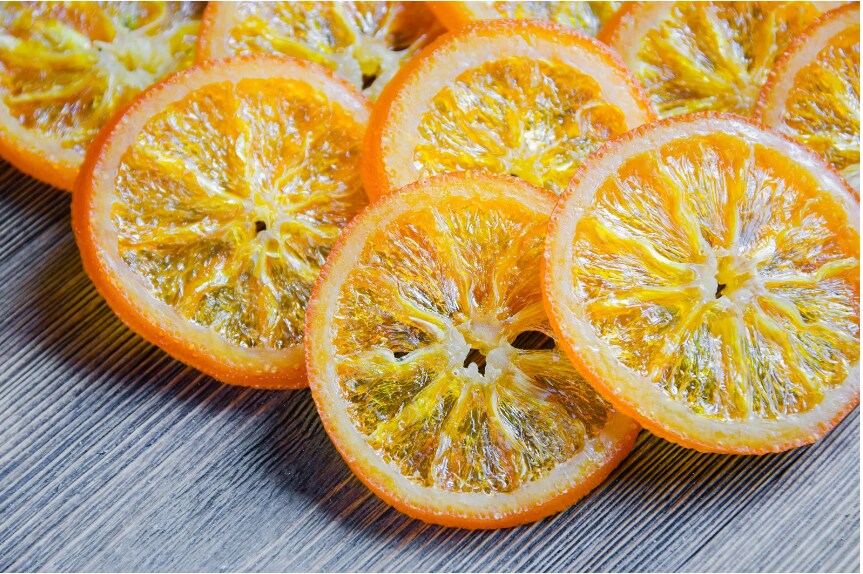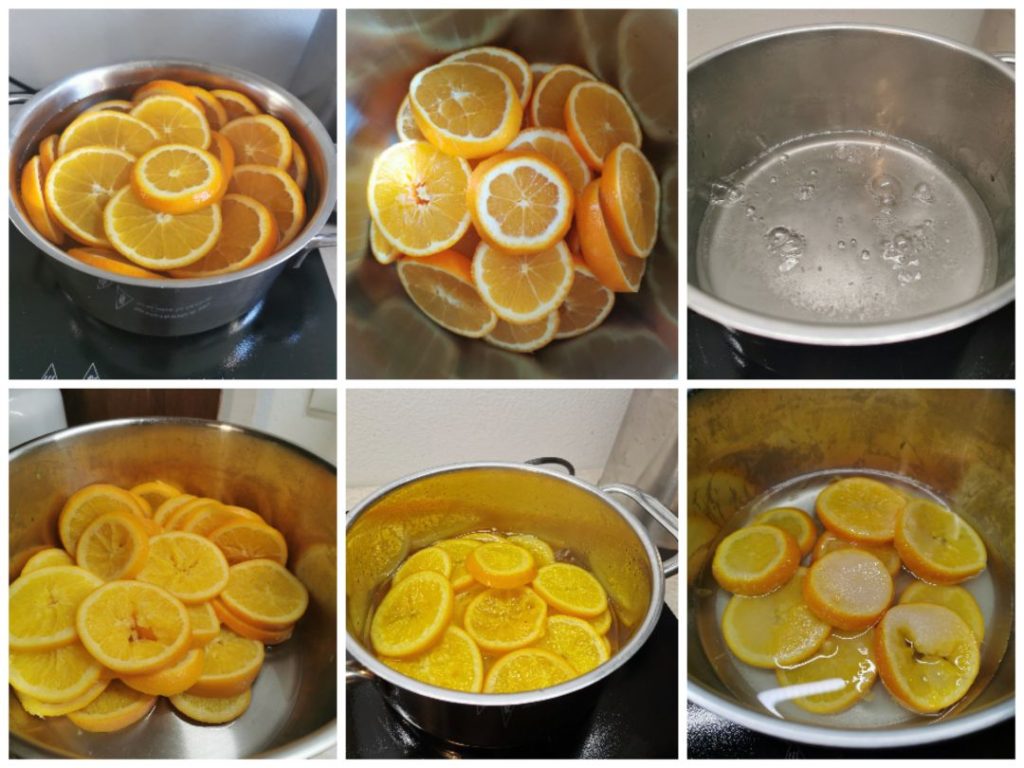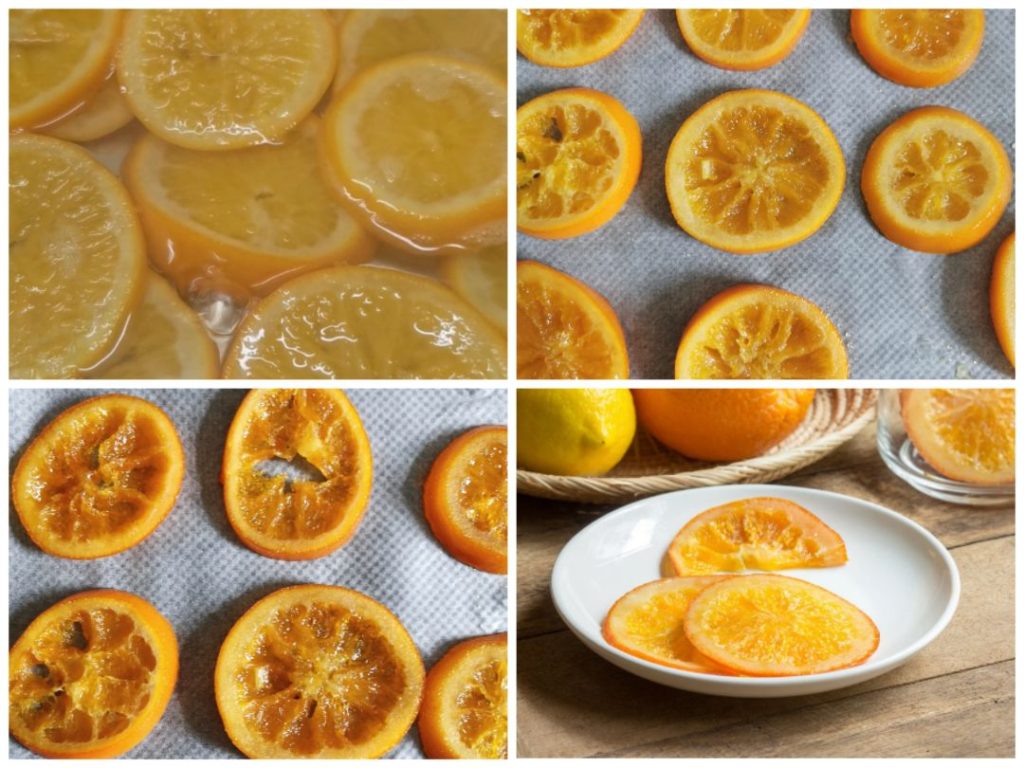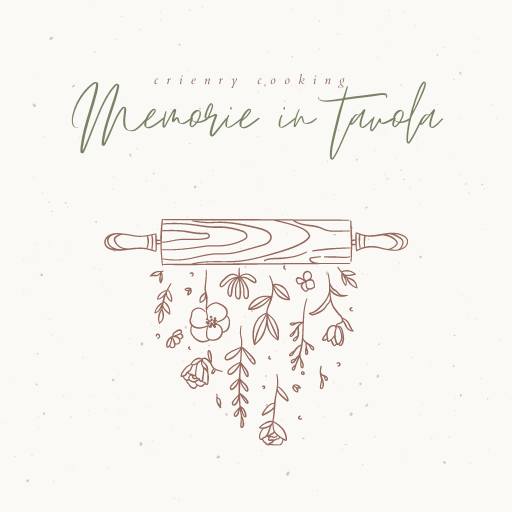CANDIED ORANGES. The history of candied oranges is long and complex.
The first evidence of candied fruit dates back to Mesopotamia and China, where it was used to preserve plants and roots. Even the Romans used similar practices to preserve fish using honey, although this cannot be considered candying in that case. The true precursors of modern candying were the Arabs, who served candied citrus and roses at their banquets.
Candying was a way to preserve fruit for long periods, and it was particularly important for sailors engaged in long sea routes. Thanks to Venetian and Genoese merchants, candying made its way to Europe. In Sicily, candied oranges were already known between the 9th and 12th centuries, thanks to the Arabs. The first documents attesting to the use of candied fruit in Europe date back to the 16th century.
In the 17th century, candying had become a widespread technique throughout Europe. Candied oranges were a luxury food, often served at the tables of nobles. In the 18th century, candying also began to spread among the lower classes.
Today, candied oranges are a popular food worldwide. They are used in pastry, cooking, and as a snack. Sicilian candied oranges are particularly appreciated for their quality and intense flavor. They are made with Sicilian oranges, candied according to a traditional method that involves immersing the fruit in a solution of water and sugar, and are often used in traditional Sicilian dishes such as cannoli and cassati. They can be used in various sweet preparations, such as chocolate, cakes, loaf cakes…. or eaten plain.
Below are more recipes with oranges:

- Difficulty: Medium
- Cost: Economical
- Rest time: 1 Day
- Preparation time: 1 Hour
- Portions: 10
- Cooking methods: Boiling, Stove
- Cuisine: Italian
- Seasonality: Autumn, Winter
- Energy 247.33 (Kcal)
- Carbohydrates 65.07 (g) of which sugars 62.03 (g)
- Proteins 0.94 (g)
- Fat 0.12 (g) of which saturated 0.02 (g)of which unsaturated 0.05 (g)
- Fibers 2.40 (g)
- Sodium 3.83 (mg)
Indicative values for a portion of 149 g processed in an automated way starting from the nutritional information available on the CREA* and FoodData Central** databases. It is not food and / or nutritional advice.
* CREATES Food and Nutrition Research Center: https://www.crea.gov.it/alimenti-e-nutrizione https://www.alimentinutrizione.it ** U.S. Department of Agriculture, Agricultural Research Service. FoodData Central, 2019. https://fdc.nal.usda.gov
Ingredients
- 5 oranges (edible peel)
- 10 g glucose
- 2 1/2 cups sugar
- 2 1/8 cups water (cold)
Tools
- Pot Lagostina Every Deep Casserole Ø 8.5 inches in Stainless Steel 18/10 with Lagoseal Plus Bottom, Satin Exterior
- Baking Tray CARE + PROTECT Extendable Baking Tray, Universal, in Stainless Steel Inox, Non-stick, Acc
Candied Oranges Steps
Prepare the oranges: Wash and cut the oranges into slices about 3/16 inch thick, then cut them in half, and place them in a pot with cold water. Bring to heat and as soon as it boils, discard the water. Repeat this operation 3 times. In the same pot, add water, sugar, and glucose, bring to a boil. Stir gently, maintain moderate heat, and skim if necessary. Continue cooking for 15 minutes. Turn off the heat and let cool. Bring back to a boil, wait 3 minutes, and turn off. Let cool, and leave the pot in the fridge for at least 8 hours

Continue: Bring oranges and syrup back to a boil, continuing to cook for about 1 hour until you obtain a thick syrup and translucent orange slices. Drain the orange slices and let dry on a non-stick baking sheet for about 12 hours. Filter the syrup which can be stored in sterilized containers in the fridge; it can be used as a soak for cakes or to enrich other recipes. To speed up the process, you can bake the orange slices at 230°F for about 1 hour. Enjoy!

Storage of Candied Oranges
The oranges can be stored in a glass jar for about 3 months

